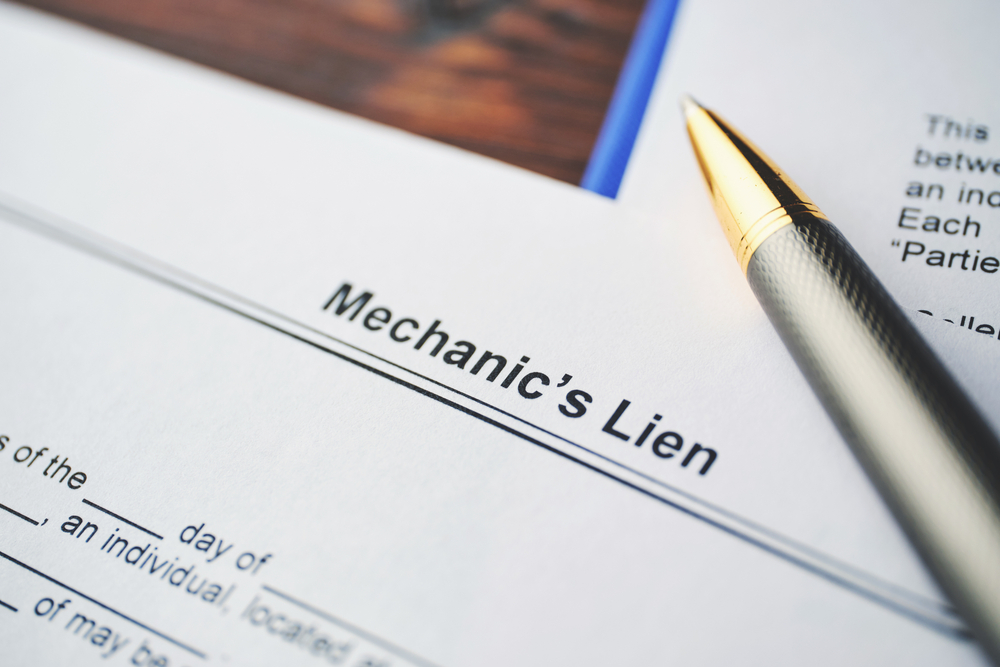

After the hurricane season, busy general contractors sometimes have to hire subcontractors to complete specific jobs (for electrical, plumbing or flooring repairs, for example). A subcontractor or supplier who has not been paid for work done on your home may try to get payment by filing a legal document called a “lien.” A “lien” asks that the value of your home be used to ensure payment; your home cannot be sold until the claim is paid. There are three steps to follow if you discover a lien has been filed. You may choose to have an attorney help you. Let’s look into how to remove a lien on your home.
A general contractor, subcontractor, or material supplier can file a valid lien only when:
For example, if a subcontractor installs wood floors on April 1st and is not paid for that work, he must send notice to the owner and general contractor by June 15th, and the lien must be filed by July 15th.
Depend on the legal team at The Cromeens Law Firm for your lien and collection needs.
If you owe the money that the general or subcontractor has claimed with a properly filed a lien on your homestead, pay the lien in order to avoid clouding the title on the property.
You may choose to negotiate with the person or company that filed the lien. However, if negotiations fail, and the lien is invalid, you may remove it by filing a petition with the court. The petition should explain all of the reasons why the lien is invalid, which requires an understanding the law. You may want to hire an attorney to create and file the petition, which can be a complicated process.
The Cromeens Law Firm has extensive experience removing homestead liens. If you require legal assistance, schedule a consultation. We are happy to help you!
This article is intended as a general educational overview of the subject matter and is not intended to be a comprehensive survey of recent jurisprudence, nor a substitute for legal advice for a specific legal matter. If you have a legal issue, please consult an attorney.
Karalynn Cromeens is the Owner and Managing Partner of The Cromeens Law Firm, PLLC, with over 17 years of experience in construction, real estate, and business law. A published author and passionate advocate for contractors, she has dedicated her career to protecting the businesses her clients have built. Karalynn is on a mission to educate subcontractors on their legal rights, which inspired her books Quit Getting Screwed and Quit Getting Stiffed, as well as her podcast and The Subcontractor Institute.

